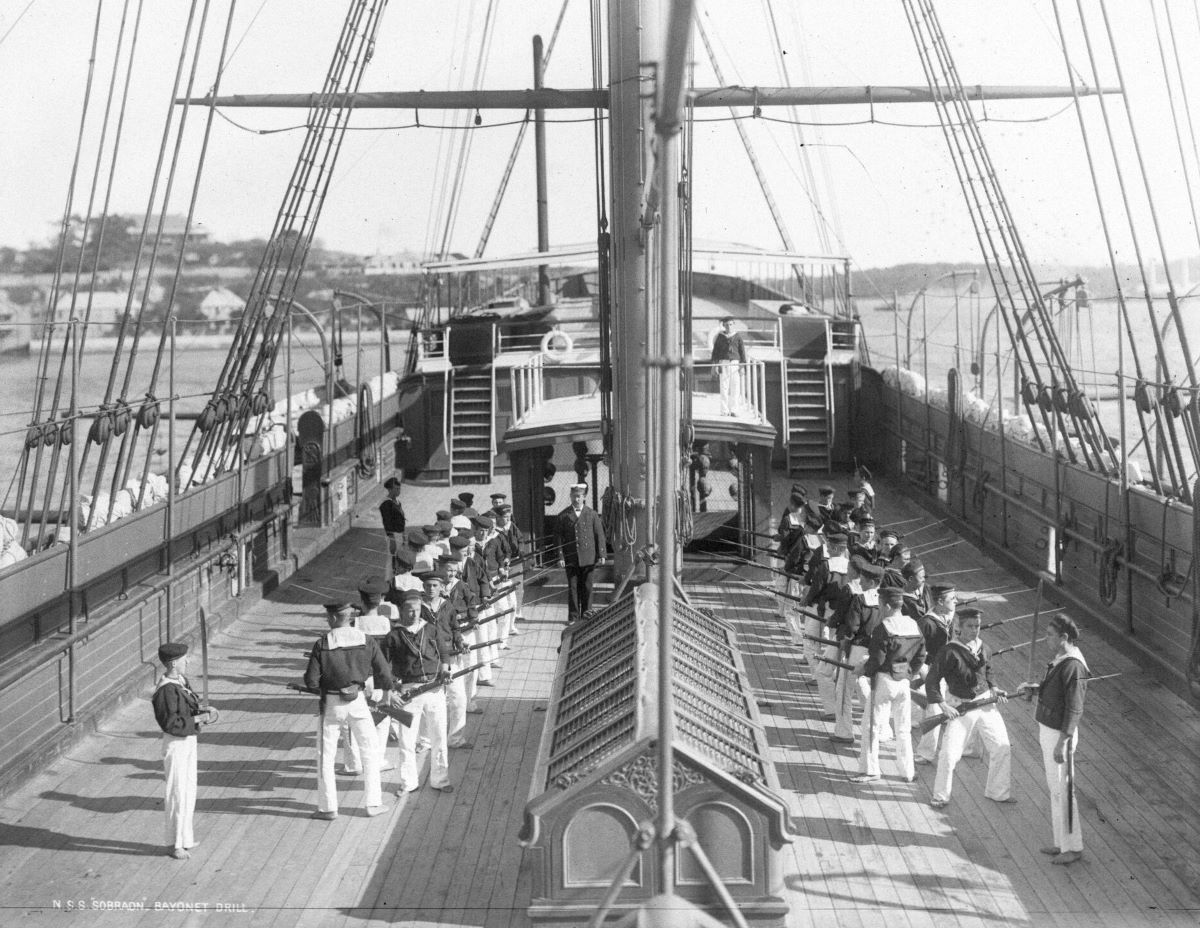The splendid clipper 'Sobraon'
The forlorn hulk of the HMAS Tingira features in several 1930s drawings of Berrys Bay by celebrated artist Lloyd Rees. Presented by Rees as a solitary, romantic figure in the serene harbour landscape, the former luxury clipper has particular resonance not only with Rees, but with one of our properties and a prominent colonial family.
The HMAS Tingira was originally launched in 1866 under a more famous name, the Sobraon. Purpose-built by renowned shipyard Alexander Hall of Aberdeen for the England to Australia migration route, she operated under the command of James Aberdour Elmslie RNR for all emigrant passages except for the maiden voyage. Named for the fierce 1846 battle between the British army and the Sikh forces led by Raja Lal Singh in the Punjab, India, the Sobraon was a sleek, three-masted ship, intended to be the fastest travelling its route and, with only first and second class passengers, to cater for a select clientele. She was teak-clad over an iron frame, a design which nearly caused a disaster on her 1866–67 maiden voyage when the large amount of metal interfered with her compass.1 For 24 years the Sobraon plied the waters at a rapid pace, completing the voyage in approximately three months.
One of its later passengers was Lloyd Rees’s future father-in-law, Alf Pollard, who emigrated to Australia in 1885. 16 years earlier however, the ship played host to wealthy pastoral family the Buchanans – William and Elizabeth and their daughter Eliza Ann (known as Bessie) – who had travelled to Britain on the return leg of the Sobraon’s maiden voyage, between 7 April and 8 July, 1867. Their voyage had unexpected drama when the ship’s first master, Captain Kyle, reportedly went insane as the ship approached England, and the Sobraon's “compass apparently was infected, for the ship sailed up the Bristol Channel when she was supposed to have been in the English Channel.”2
1869: “An excellent passage”
Two years later the Buchanans ended their tour of Britain and Ireland, and rejoined the Sobraon to return to Sydney. It was to be a pivotal journey for them, as amongst their fellow passengers were Hannah Rouse and her children Emma, Lizzie and 20-year-old Edwin Stephen, who had inherited Rouse Hill House.3 The Rouses were returning to Sydney after travelling to Europe in March, 1868. In the ship’s hold, crates held the souvenirs they had acquired - paintings and statuettes that can still be seen at Rouse Hill today. Another passenger who would prove significant was Lt. Dudley Batty, travelling for his health.
On arrival in Sydney the report of the voyage published on Christmas Day was, to say the least, glowing:
The splendid clipper ‘Sobraon’, the largest merchant ship trading to this colony, has again arrived safely in port after an excellent passage of 78 days 20 hours. She brings a very large cargo and full complement of passengers, whose praises not only of the admirable qualities of the vessel, but also of the unremitted attention bestowed on them by Captain Elmslie, have been acknowledged in a tangible form that must prove highly gratifying to the recipient. The passage has been a success in every respect, partaking more of the character of a holiday trip than a lengthy voyage of 14,000 miles. The good ship has arrived In beautiful order, and although some heavy weather has been experienced, no accident has occurred to mar the pleasure of the passage, mirth and good humour appears to have been the order of the day, and Captain Elmslie and his officers must feel a large amount of satisfaction from the result of their endeavours to while away the tedious hours with such perfect success.4
On-board entertainment was a feature of this and every voyage; newspaper reports tell of balls given by the captain on arrival in various ports, which bolstered the ship’s reputation. In the Rouse Hill collection a hand-written playbill by Eliza Buchanan (later Bessie Rouse) survives for a “Grand Entertainment” given on the ship’s maiden voyage to Britain.
The Buchanans and Rouses became very close, and there were visits to Rouse Hill. Romance also bloomed, and in 1871 Emma Rouse left for England to join Lt. Batty, who had recently returned, and they were married in July. Shortly afterwards her brother Edwin Stephen married Bessie Buchanan.5
“A floating home”
When Alfred Pollard boarded the ship, 16 years after the Rouses and Buchanans made their journey, it had recently been refitted to keep up with the newer, grander and faster ships now available – especially steamships. The hospitality of its captain and comfort of the ship were still its draw cards:
SPECIAL NOTICE - INTENDING PASSENGERS TO ENGLAND desirous of avoiding the many attendant inconveniences of voyaging via Cape Horn or the Red Sea routes, are offered all the comforts and advantages of a FLOATING HOME in the splendid passenger ship SOBRAON.
This renowned vessel has recently undergone a thorough overhaul in London and many alterations, Improvements, and additions effected, and no expense spared, the owners being determined to keep "abreast of the times". This high class and noble ship is still under the command of Lieutenant JAMES A ELMSLIE, R N R., whose skill as a seaman, and urbanity and attention to his passengers, has become a household word amongst the hundreds who have travelled with him.6
Pollard (1862–1929) was 23 when he emigrated. He married Eva Julia Stanford in 1896, and the eldest of their five children, Eva Marjory (1897–1988), married Rees in 1931.
A not so grand future
If you had been in Berry's Bay, Sydney, recently you might have seen the breaker's pounding hammers and flaring torches bringing the last ignominy to a beautiful ship. If you had a photographer's eye and had seen her gaunt ribs outlined against the evening sky, you might have seen the possible beauty of an 'angle shot', but it would have been difficult to recognise the ship which was once widely known as 'the perfect ship' and 'the most beautiful ship ever built'.
Most "perfect ship" may now be munitions, The Newcastle Sun, 24 January 1941, p4
The Sobraon’s refit had not ensured its survival. In 1891 the Sobraon was sold to the NSW State Government for use as a reformatory, or Nautical School Ship, for underprivileged boys found by the courts to be destitute or for other reasons requiring a "disciplined environment". Moored off Cockatoo Island, over 4,000 boys were hosted and trained in trade or maritime skills across a 20-year period. In 1911 it was bought by the Australian Commonwealth Government, renamed HMAS Tingira and became the first naval training ship in the fledgling Royal Australian Navy. In 1927 Tingira was paid off and laid to rest in Berrys Bay where she remained moored. Resold twice, an attempt by one owner, a retired British officer, to restore the ship to its past glory, along with a proposal to turn her into a floating museum, sadly proved unachievable. She was broken up in 1942.
While Rees lived in McMahons Point between 1931 and 1934 the ship was part of the daily scenery; a relic of an earlier genteel age of sail. Rees’s romanticised treatment gives the now tired ship a certain dignity and in this it is reminiscent of a painting by one of Rees’s most significant artistic influences - JMW Turner, whose The Fighting Temeraire depicts another distinguished ship just before its destruction in the scrapyard. Riding high in the water with no ballast or cargo, with clipped masts and rooms added to her deck, in Rees’ drawing the Tingira appears much like the melancholy hulks of the convict transportation age. The ship's end was given a melancholy poetic send-off by a journalist for The Newcastle Sun:
With the searing flame of an acetylene torch for a pencil, and a drab shipbreaker's yard as parchment, Fate has written the last chapter in the chequered career of the Sobraon, one of the last of the famous clippers built for the Australian trade.
Most "perfect ship" may now be munitions, The Newcastle Sun, 24 January 1941, p4
Notes
1. See Caroline Rouse Thornton, Rouse Hill House and the Rouses, Nedlands (WA), the Author, 1988, p112
2. Most ‘perfect ship’ may now be munitions, The Newcastle Sun, 24 January 1941, p4
3. His father, Edwin Rouse, had died in 1862
4. ‘Ships mails’, The Sydney Morning Herald, Saturday 25th December, 1869. p4, It was also reported that “The only casualty during the passage was the death of Mr. Rouse, a passenger, which occurred on the 23d October, from consumption” though this was unconnected to the Rouses of Rouse Hill. The name of the deceased, which is unclear in the original manifest, might actually be ‘Rowse’.
5. see Rouse Hill House and the Rouses pp111–115 and C. Rouse Thornton, Buchanans in Australia, the Author, 2003, pp97–107
6. The Argus, Saturday 10th January, 1885
Further reading
Thomas Parkin, Log of a voyage around the world in the years 1890-1891. Vol 1: England to Australia (London to Melbourne) round the Cape of Good Hope in the clipper ship 'Sobraon'. Bax Collection, Fisher Rare Books & Special Collections, University of Sydney.
Basil Lubbock, The colonial clippers, 1921 (2nd ed.), James Brown Ltd & Sons, Glasgow
Naval Historical Society of Australia
Royal Australian Navy HMAS Tingira
Royal Australian Navy Tingira Boys
Co-author
Veronica Kooyman Former Assistant Curator Interpretation & Exhibitions Veronica has worked in museums since 2009 and has been fortunate to work at the Australian National Maritime Museum in Darling Harbour and the National Motor Museum in the Adelaide Hills where she had far too much fun riding around in vintage cars. Between 2014 and 2018 Veronica worked as part of the exhibitions team, learning and sharing new and fascinating stories from her home city.
Related

Child care and protection guide
Major sources from the collection relating to child care and protection, in the 19th and early 20th centuries
Published on
Rouse Hill Estate stories
Browse all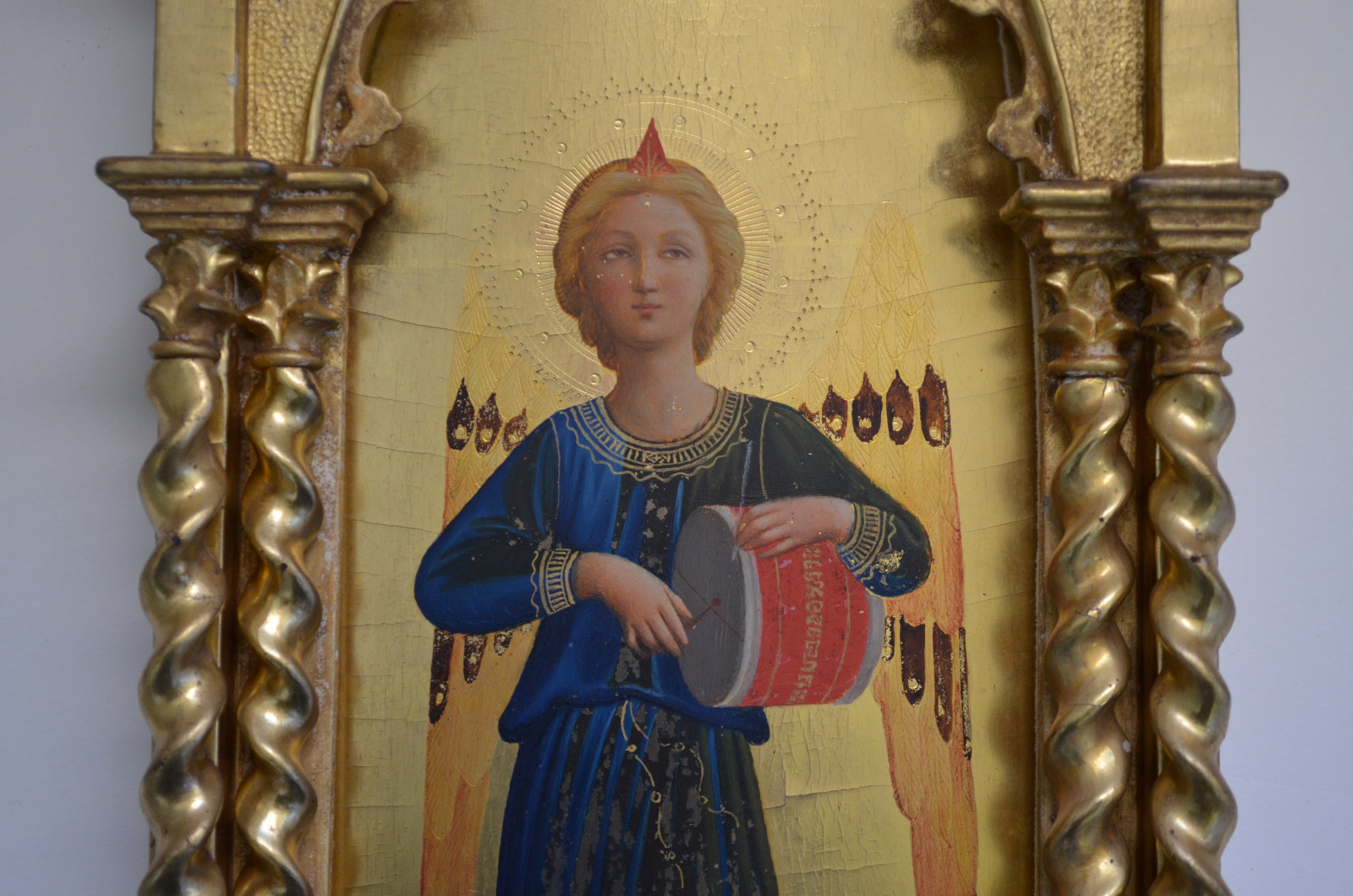
A Gothic Angel
In the drawing room at Rouse Hill your eye is instantly drawn to a small painting on the far wall; a figure of an angel in a shining gilt frame, acquired in the 1870s.
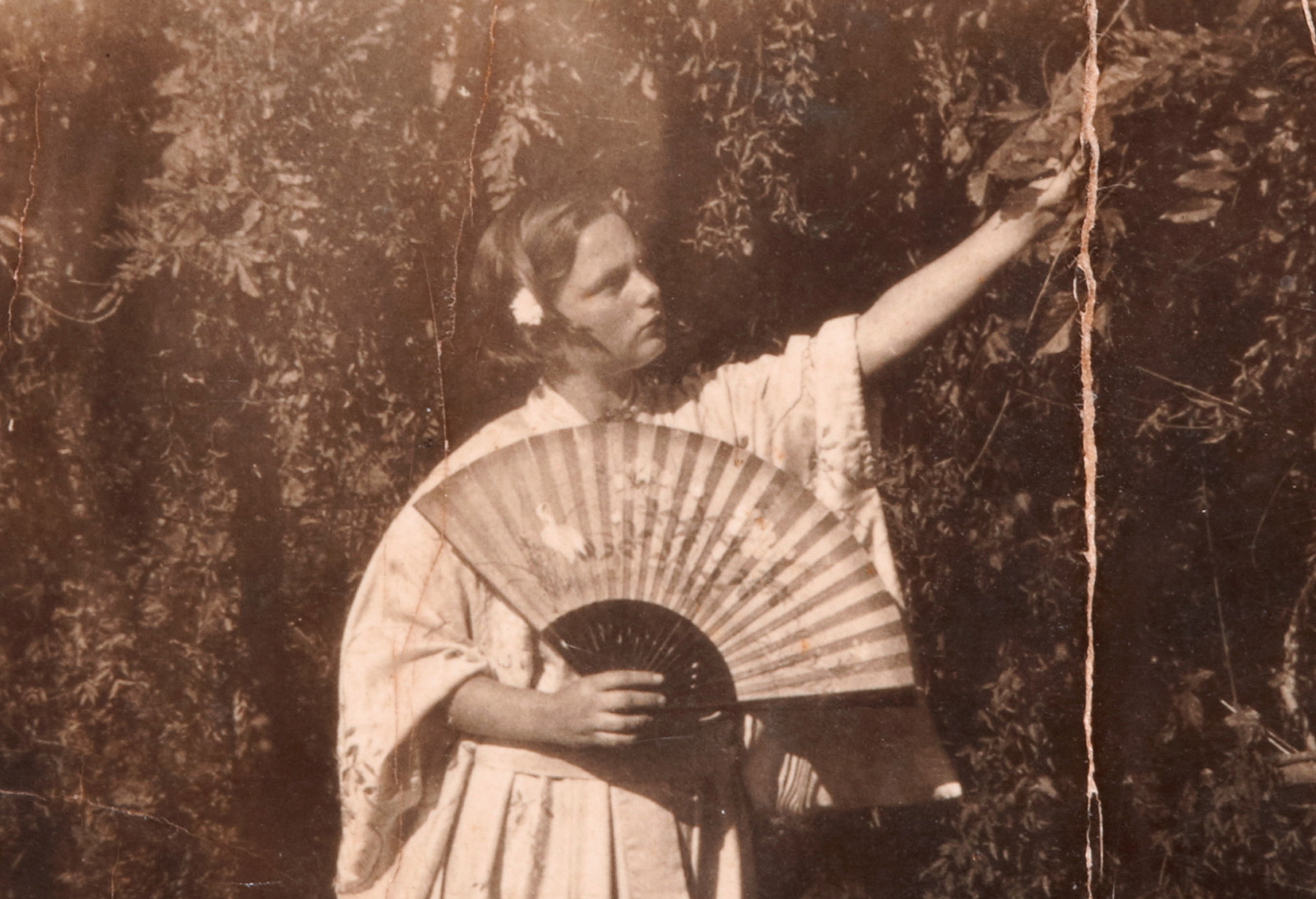
Keeping cool
Shading the face, fanning a fire into a blaze or cooling food, shooing away insects, conveying social status, even passing discreet romantic messages - the use of the fan goes far beyond the creation of a breeze.
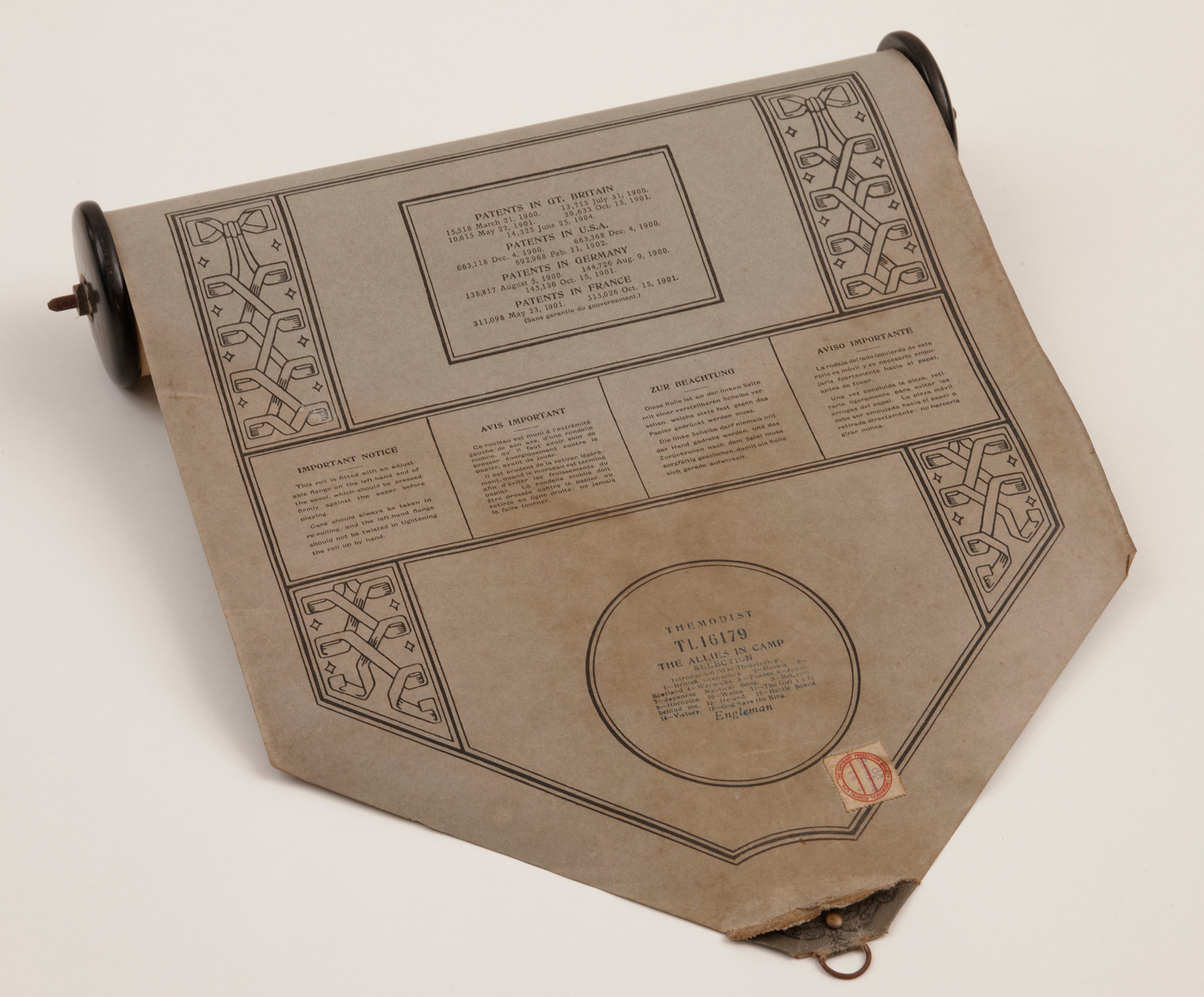
WW1
The Allies in camp music roll
Rouse Hill house boasts a fine pianola, a player piano, which came into the house just a few years before the outbreak of World War I
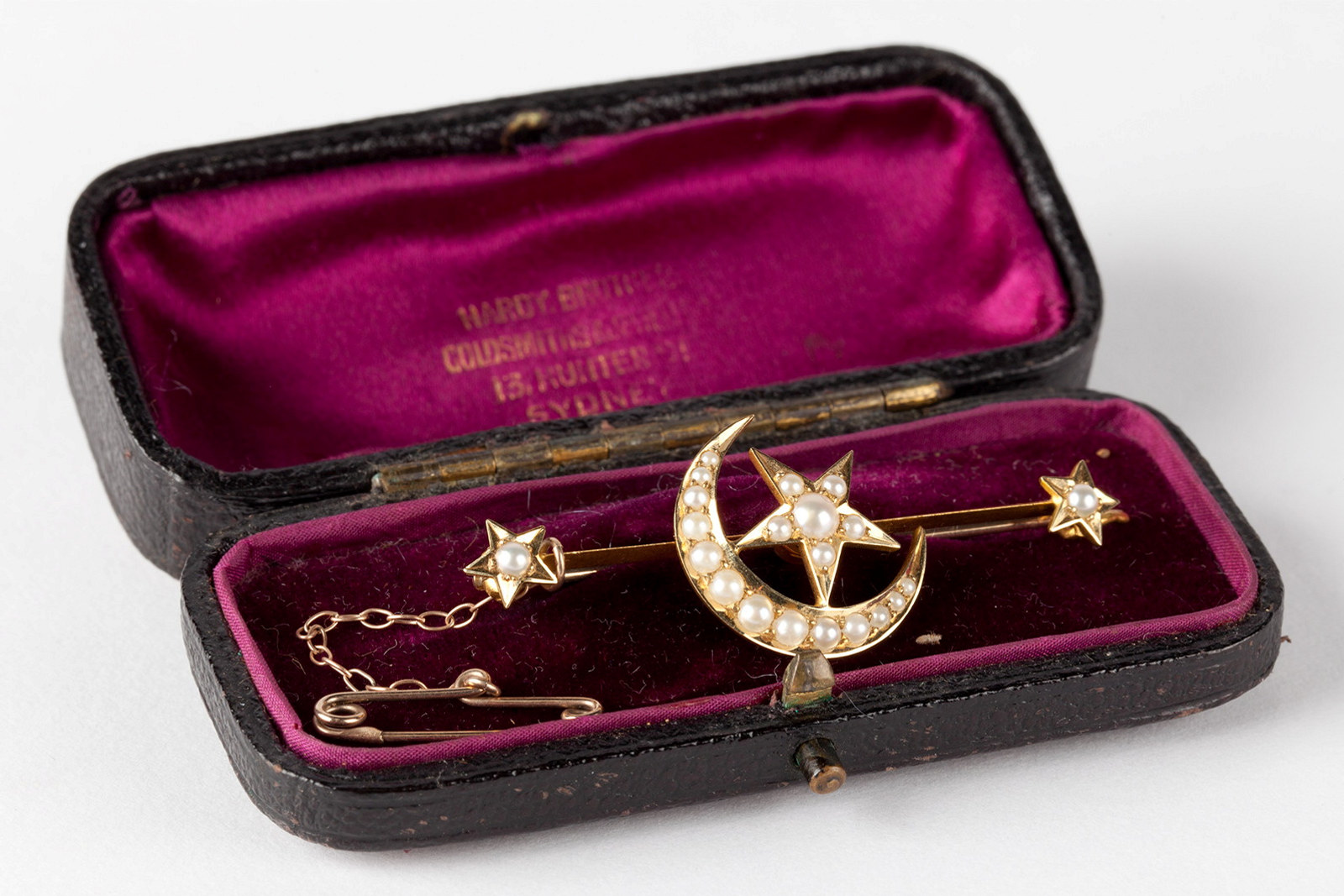
Baubles, brooches & beads
We wear jewellery as articles of dress and fashion and for sentimental reasons – as tokens of love, as symbols of mourning, as souvenirs of travel
